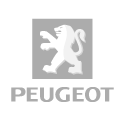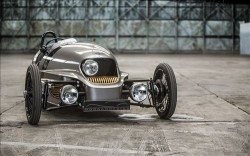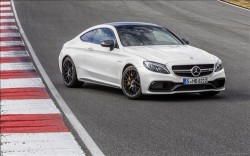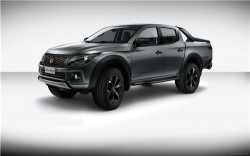Wallpapers
- 20 Cup Concept
- 308 RC Z Concept
- 308 CC
- 308 HDi 110
- 907
- 908 HDi FAP LeMans
- 908 RC Concept
- Hoggar Concept
- Moonster Concept
- Quark Concept
- RC Concept
- Rally
 Established in the east of France since the 15th
century, the Peugeot family owns much land, on which
in the 18th century it builds windmills, and develops
weaving, spinning and milling businesses.
Established in the east of France since the 15th
century, the Peugeot family owns much land, on which
in the 18th century it builds windmills, and develops
weaving, spinning and milling businesses.
Montbeliard,
the crossroads of Switzerland, Alsace and Franche-Comté,
features abundant water resources and a skilled,
industrious workforce. These are the factors that
would determine the location of future industrial
sites.
In 1810 the
brothers Jean-Pierre and Jean-Frédéric
Peugeot converted a mill into a steel foundry and
plant for manufacturing saw blades, creating the
company Peugeot Bros. This is the kick-off for
the Peugeot family’s industrial vocation.
In 1858, the Lion brand is officially registered,
activities become more industrialized and diversified:
tools for all sorts of trades, household utensils,
including the famous coffee grinders, sewing machines
and various other items, including the frames for
Second Empire crinolines.
Through hard work, tenacity and its innovative
capabilities, Peugeot forges its reputation for
quality and the robustness of its products.
In 1885 Armand Peugeot sets up bicycle manufacture
at the Beaulieu plant. He exhibits the first steam-powered
tricycle at the 1889 Paris World Exhibition. That
makes Peugeot one of the pioneers of the automobile.
The following year Peugeot abandoned steam in favor
of petrol.
In 1896 a new company was set up, “Société des
Automobiles Peugeot”, devoted exclusively
to automobile manufacture. At the same time, the “Sons
of Peugeot Bros” company continued its traditional
activities: tools, bicycles and shortly motorcycles,
and between 1905 and 1915 a range of light vans
called “Peugeot Lion”.
In 1910 the two
firms merged under the name "Société Anonyme
des Automobiles et Cycles Peugeot". The family
then attacked the nascent automobile market.
The
aerodynamic design, the symbol of an entire epoch,
would influence car design until World War II.
At Peugeot, it culminated in the launch of the
402 in 1935.
In 1960 Peugeot changed from being a specialist to
a generalist: the production of classic sedans and
small models. In 1974 the Peugeot Group acquired
control of Citroen. The acquisition of the chevron
brand was completed in 1976, giving birth to an automobile
group with two distinct makes.
The second oil crisis
in 1978 caused a crisis in the automobile industry,
following three decades of growth. Peugeot decided
to adapt itself without delay to an environment that
had profoundly changed. This involved ensuring the
long-term survival of the business, and maintaining
its independence. Taking over the European subsidiaries
of Chrysler and the Talbot adventure shook the company’s
solidity at the beginning of the 1980’s.
The success of the 205 and a major restructuring
of the organization put Peugeot back on the road
to success.
1997 marks the start of a major industrial
reorganization, with the adoption of a platform
policy and shared industrial tools at Peugeot-Citroen.
Each brand retained its name, personality and sales
network. That was the beginning of a vast exercise
in rejuvenating the range, starting with the 206,
followed by the 607, then the 307, and most recently
the 407.
Views: 28102
[Source: Peugeot ]
Latest Wallpapers
Following is the list of recent pictures updates on our site.
DieselStation Social


















